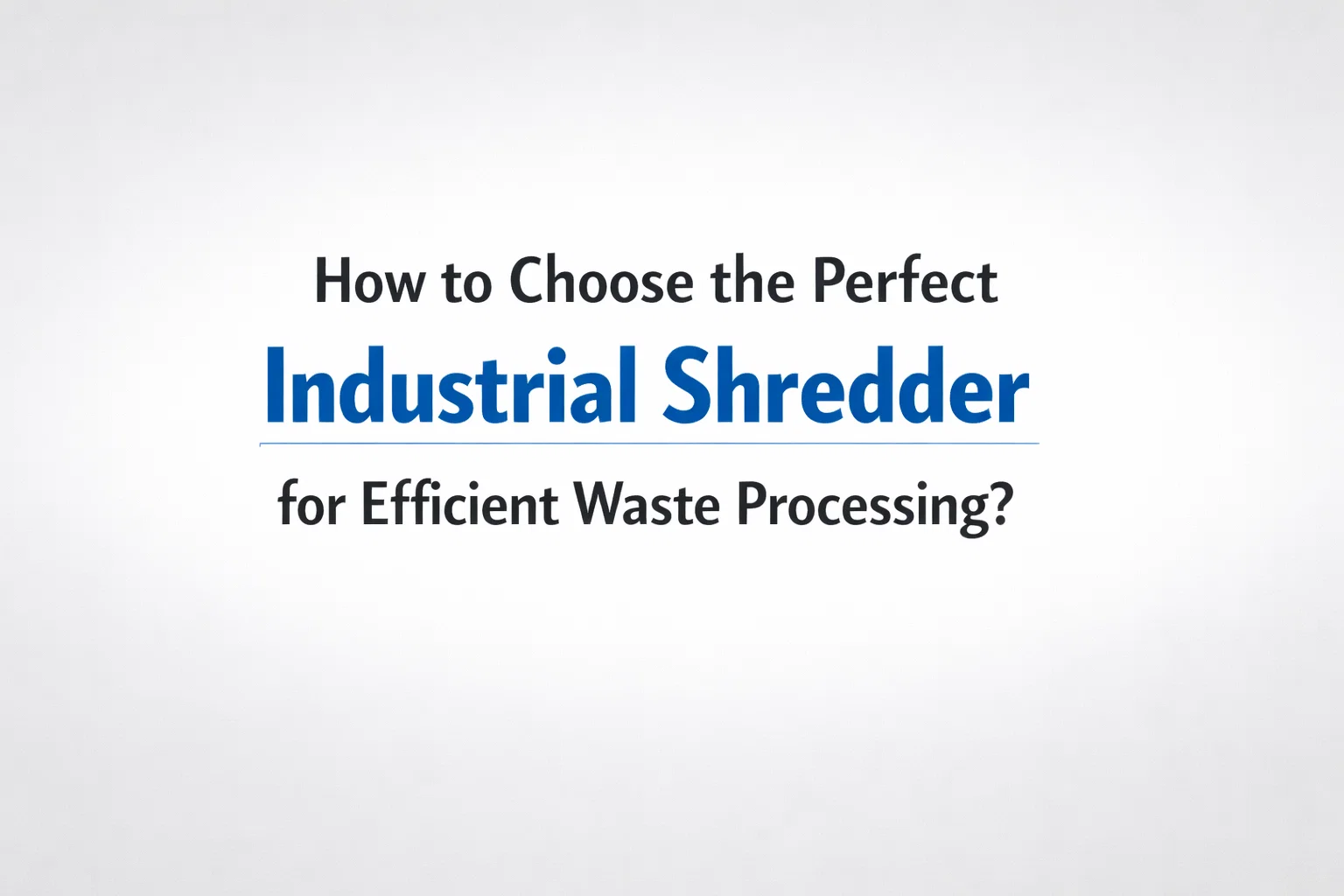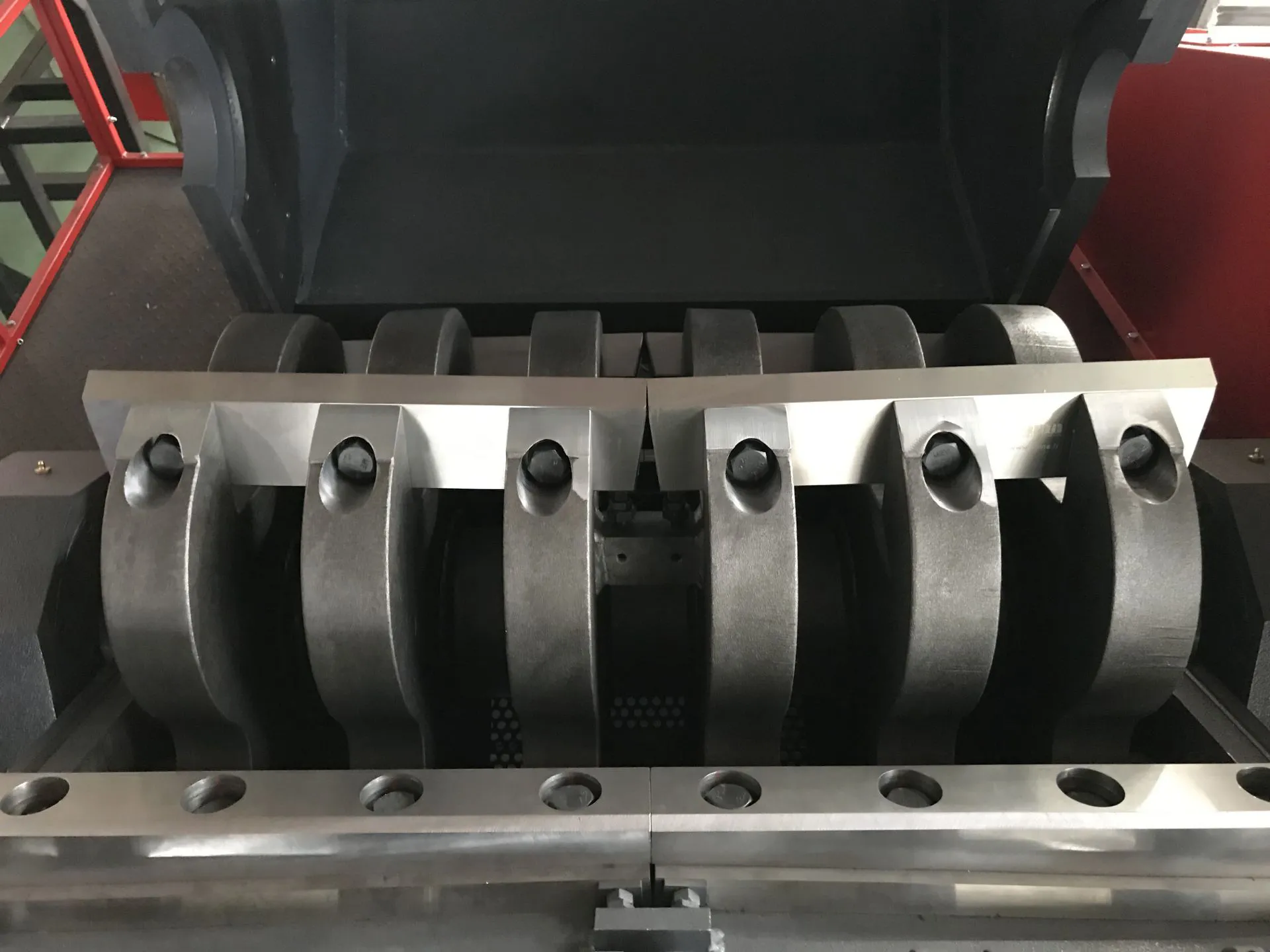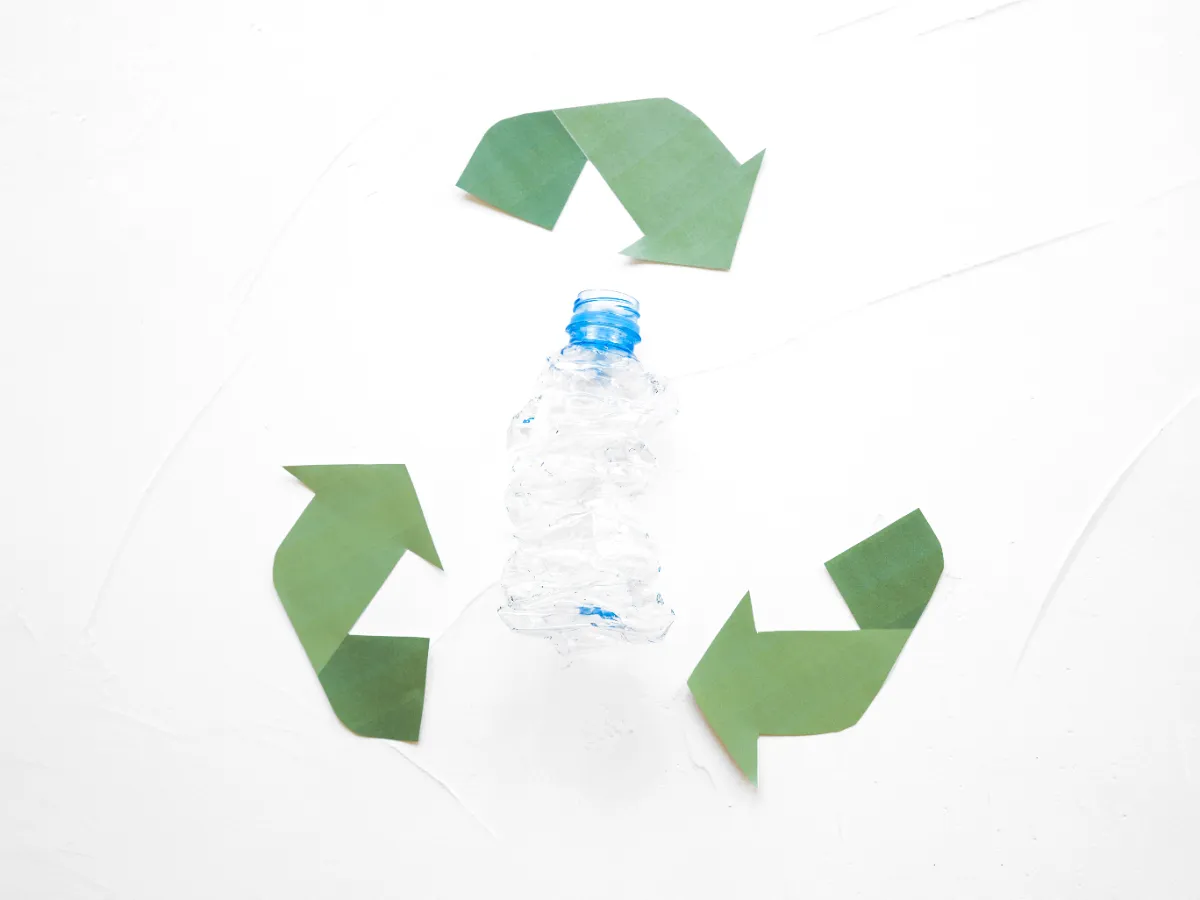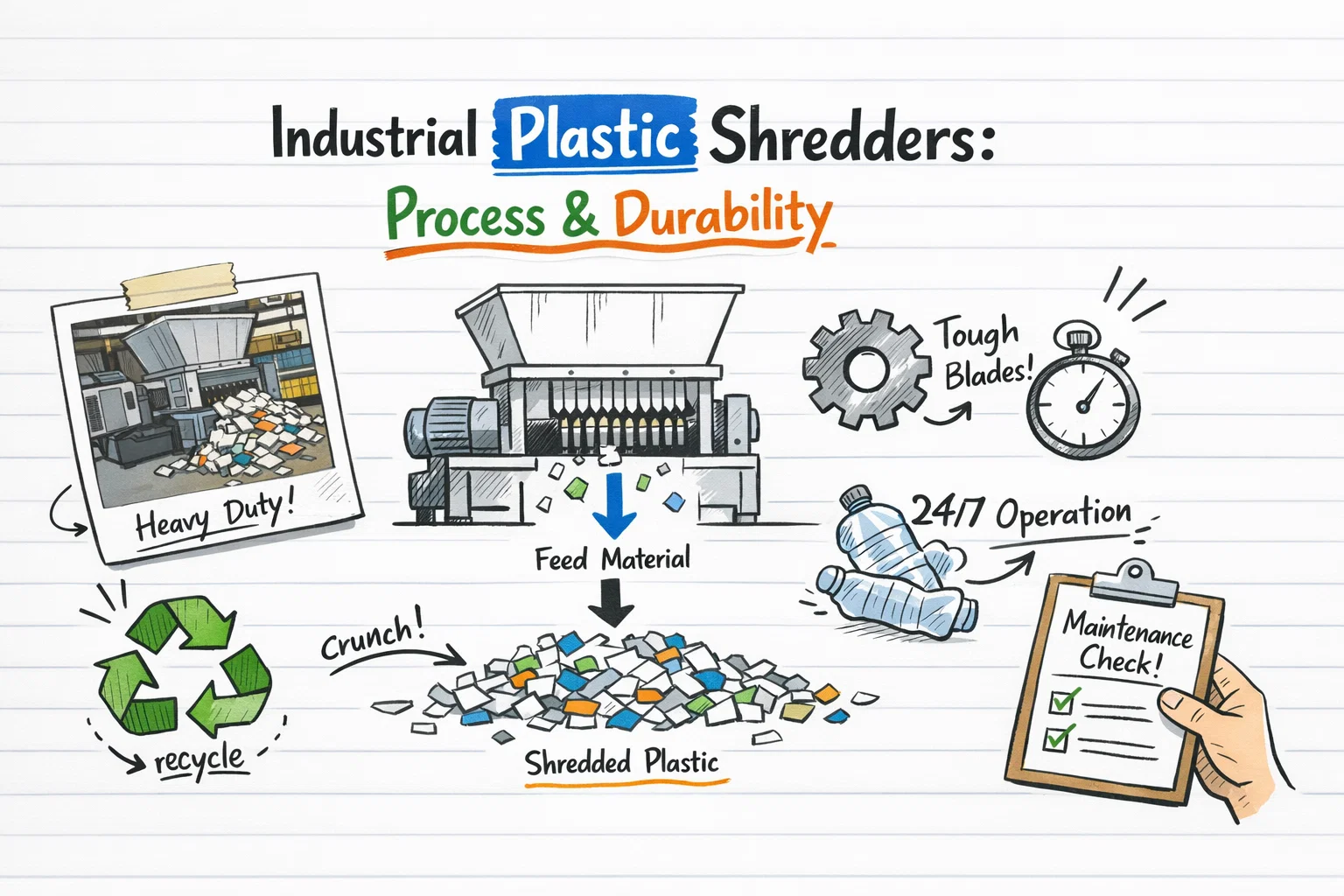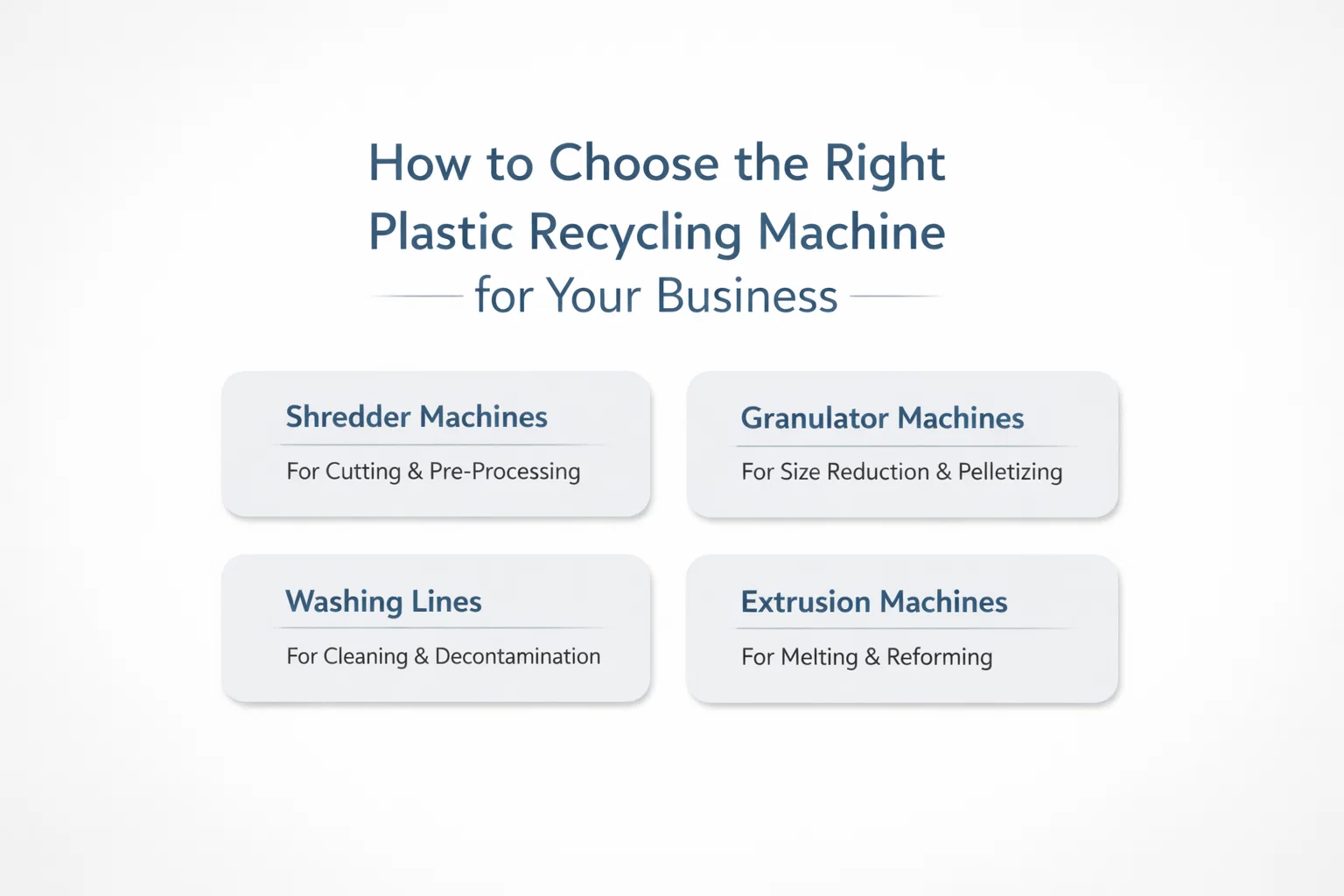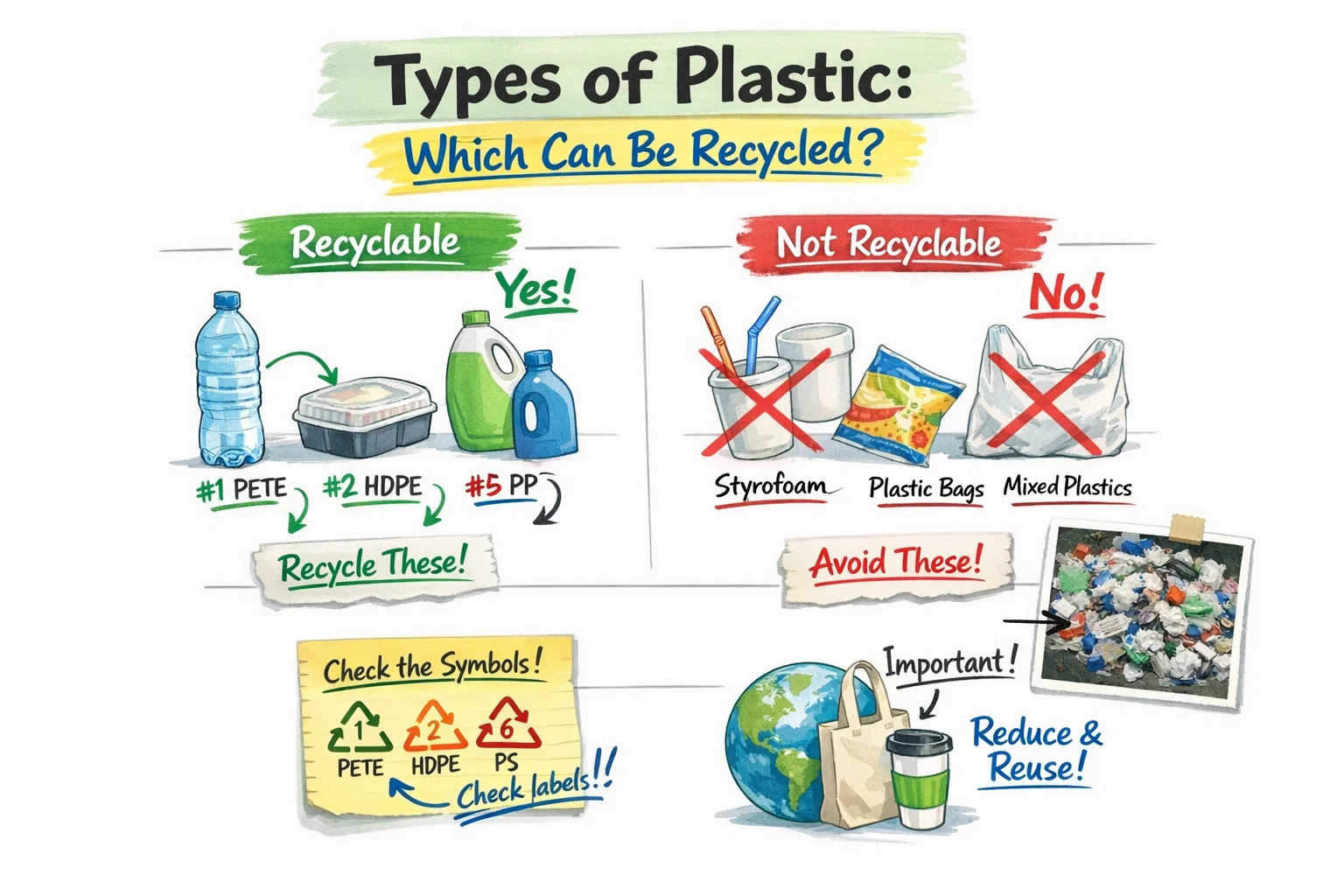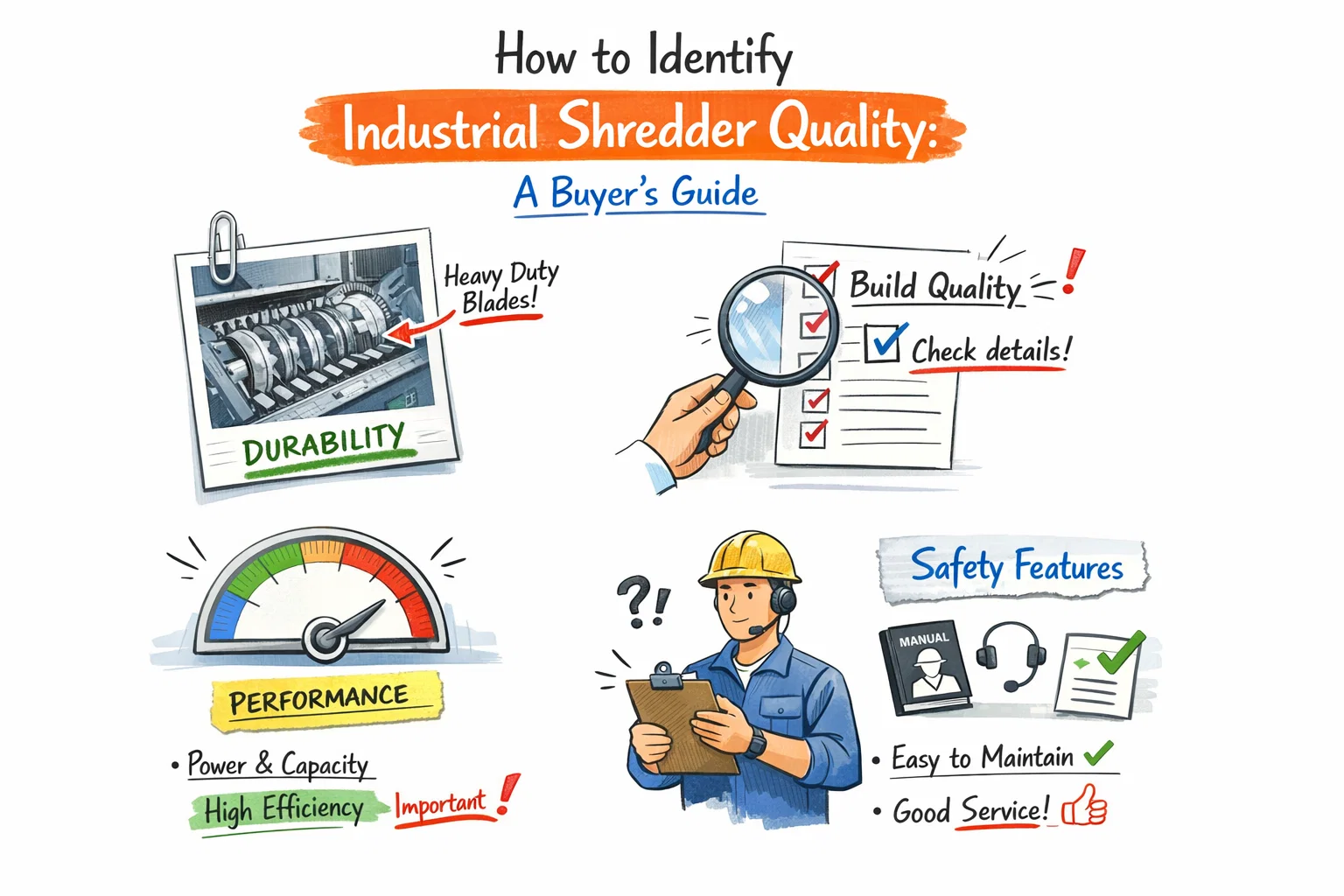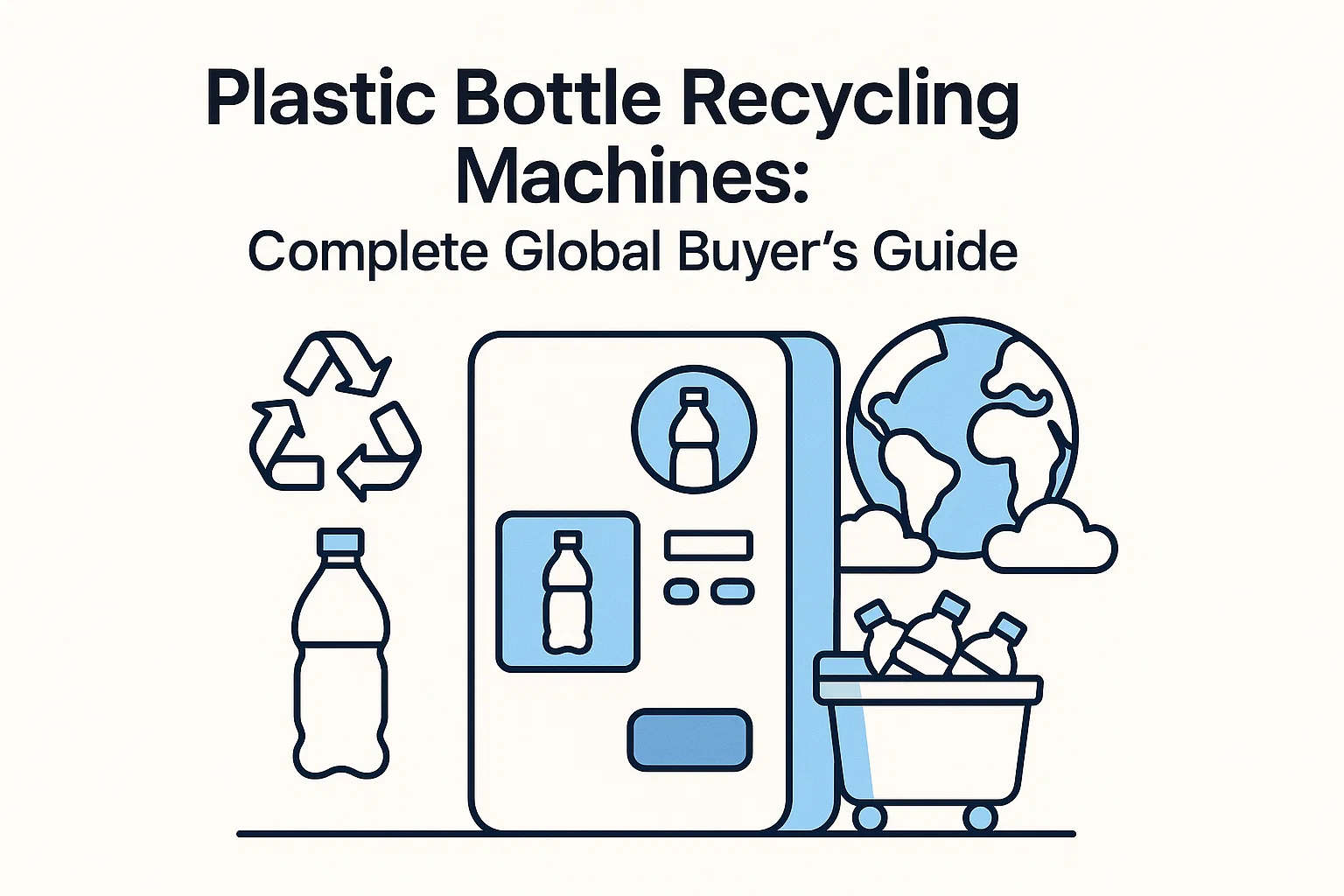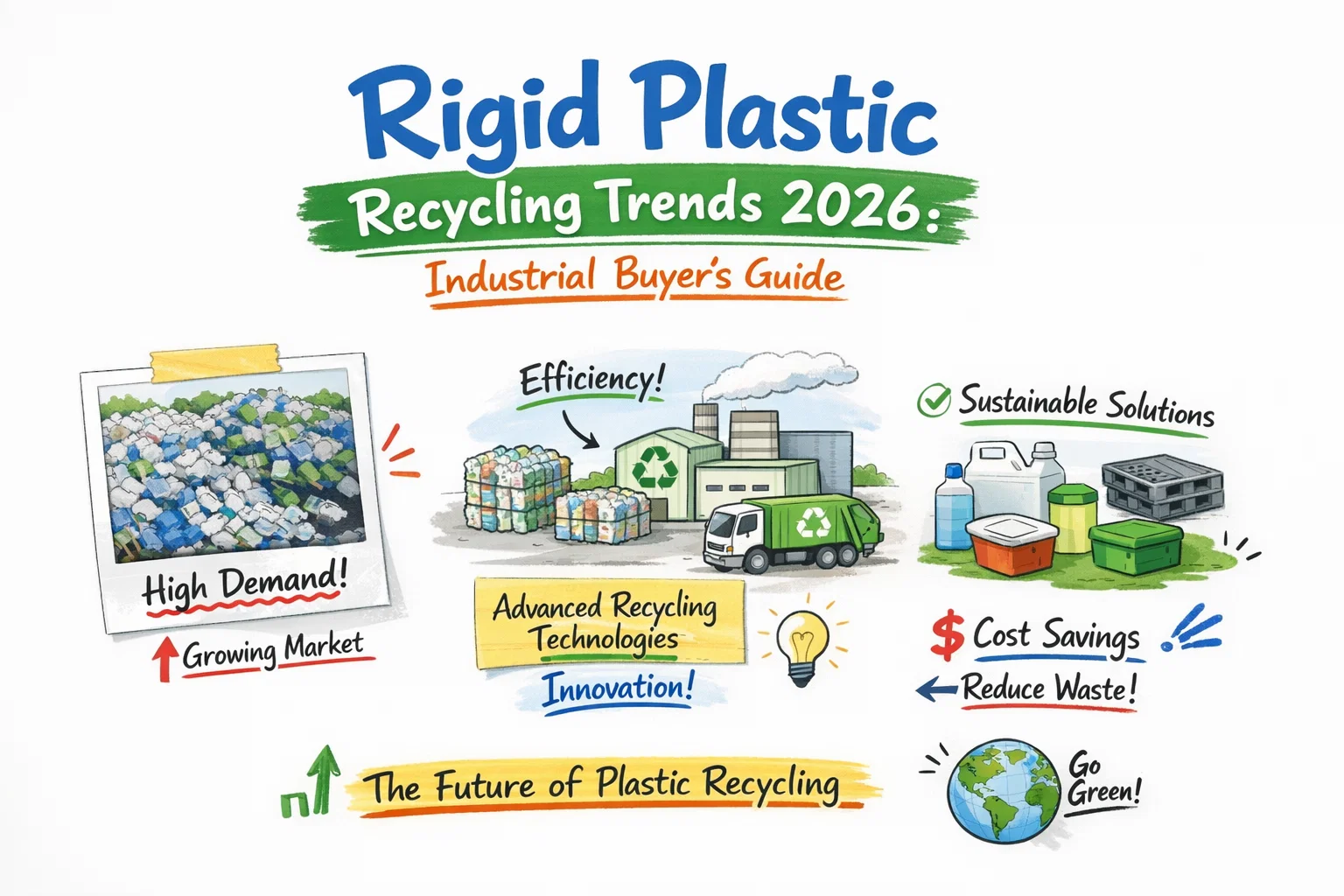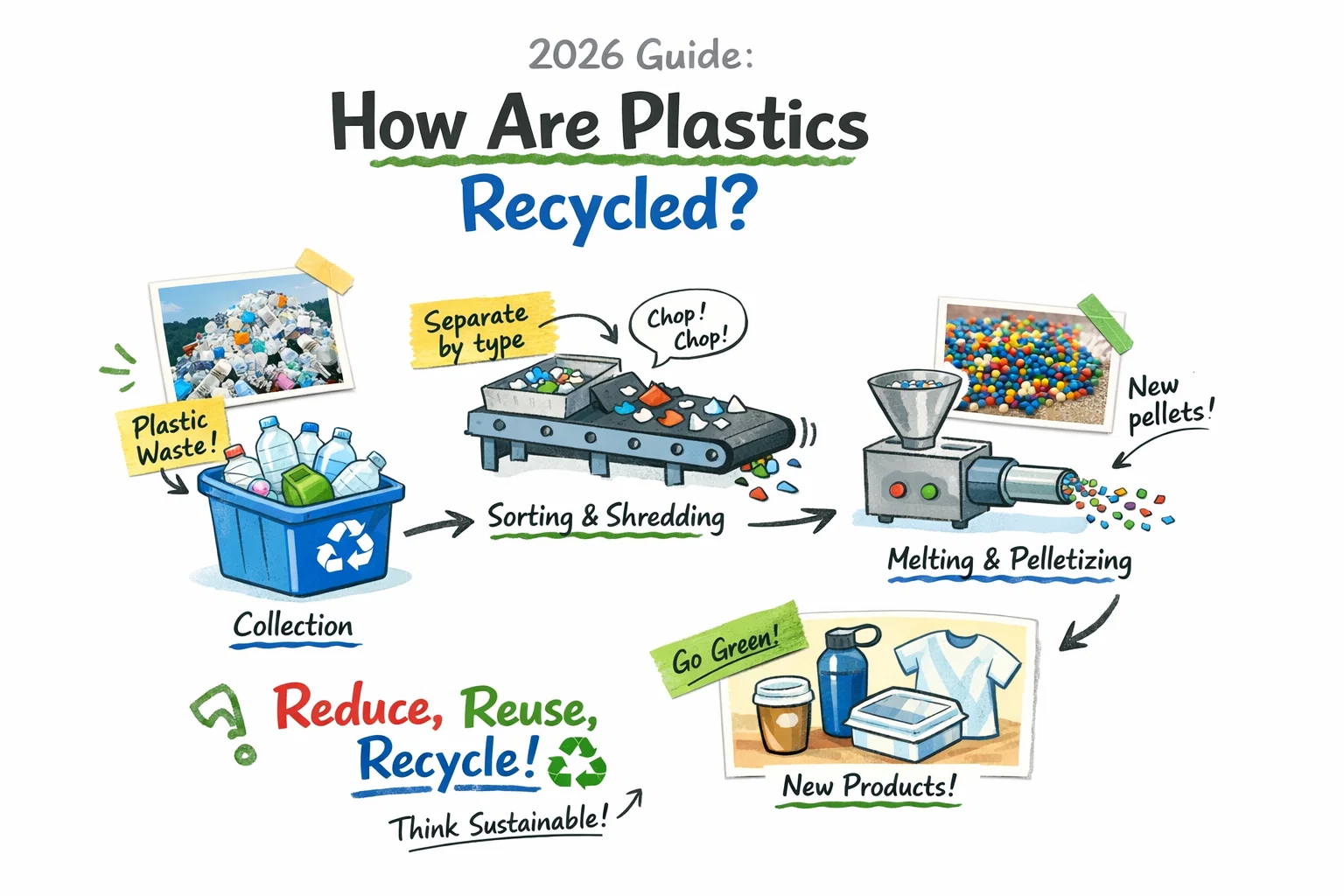Novinky o recyklaci
Tato příručka zaměřená na kupujícího vysvětluje, kdy by se drtič plastů neměl používat, jak si vybrat mezi drtičem a drtičem na základě délky materiálu, realistických limitů kapacity a které “vysoce výkonné” varianty jsou často zbytečné.
Tento článek, určený pro profesionály v oblasti recyklace, vám pomůže vyhnout se nákladným chybám a vybrat správné řešení pro zmenšení velikosti odpadu pro vaši recyklační linku.
This article explains the seven main types of plastic, which materials are commonly recycled, what recycled plastics are used for, and the typical equipment required for each recycling process. A practical, engineering-focused guide for recyclers, plant operators, and project developers.
This article explains the main applications of PET flakes, common quality grades, and the technical indicators that determine their value—from fiber and sheets to bottle-to-bottle recycling. Ideal for recycling plant owners, equipment buyers, and project investors.
Trendy v recyklaci tuhých plastů v roce 2026: Průvodce průmyslového kupujícího k ziskové udržitelnosti
Krajina recyklace tuhých plastů se dramaticky mění. S blížícím se rokem 2026 se toto odvětví posouvá od pouhého "snižování odpadu" k vysoce regulovanému, ziskem orientovanému sektoru, poháněnému Zákony o rozšířené odpovědnosti výrobce (EPR) a globální mandáty cirkulární ekonomiky. Pro správce zařízení a recyklační firmy už nejde jen o to být ekologické – jde o provozní přežití a získání podílu na trhu.
Pohled do odvětví: Do roku 2026 se předpokládá agresivní růst globálního trhu s recyklovanými plasty, a to díky novým zákonům v USA (například v Západní Austrálii, Kalifornii a New Jersey) a zákonu EU o oběhovém hospodářství. Poptávka se posouvá zejména směrem k… Vysoce čistý rHDPE a rPP které mohou konkurovat panenským materiálům.
Co definuje "tuhý plast" v průmyslovém kontextu?
Před investicí do strojů je zásadní rozlišit materiálové toky. Tuhé plasty jsou husté, chemicky odolné polymery, které vyžadují náročné zpracování. Na rozdíl od flexibilních fólií se při vysokém namáhání spíše rozpadají nebo deformují, než aby se natahovaly.
Běžné průmyslové pevné proudy:
- HDPE (vysokohustotní polyethylen): Láhve od pracích prostředků, sudy od chemikálií, potrubí.
- PP (polypropylen): Nárazníky do aut, pouzdra na baterie, nádoby na potraviny.
- ABS/PS (akrylonitril-butadien-styren/polystyren): Elektronický odpad (OEEZ) a pouzdra spotřebičů.
Zpracování těchto materiálů vyžaduje více než standardní drtič; vyžaduje kalibrovaný systém schopný zvládat vysoké rázové zatížení a odolné nečistoty.
Klíčové trendy formující volbu strojů v roce 2026
1. Vzestup "vysoce čistých" pracích linek
Trh s nízkokvalitním drceným ořechem se zmenšuje. Kupující v roce 2026 požadují čistotu 99,91 TP7T. Tento trend vede k technologickému posunu směrem k... Technologie horkého a třecího praní.
U Energycle pozorujeme zvýšenou poptávku po integrované mycí linky které dokáží v jednom kroku odstranit oleje, chemické zbytky a etikety z pevných plastů (jako jsou HDPE džbány na mléko nebo PP nádoby na olej). Pokud vaše pelety zapáchají nebo obsahují zbytky lepidla, budou se prodávat za zlomek tržní ceny.
2. Automatizace a třídění řízené umělou inteligencí
Vzhledem k celosvětovému růstu nákladů na pracovní sílu jsou dny ručních třídicích linek sečteny. Moderní recyklační závody integrují optické třídiče (technologie NIR) přímo do svých pracích linek. Tyto systémy automaticky vylučují necílové polymery (jako je PVC trubka v proudu PP) předtím, než se dostanou do granulátoru, čímž chrání vaše stroje a zajišťují konzistentní kvalitu výstupu.
3. Uzavřené systémy vody a energie
Udržitelnost se netýká jen plastů, ale i celého procesu. Předpisy z roku 2026 budou kontrolovat vodní stopu recyklačních závodů. Špičkové stroje nyní zahrnují:
30%
Nižší spotřeba vody díky filtraci
VSD
Pohony s proměnnými otáčkami pro úsporu energie
Stroje vybavené systémy recyklace vody výrazně snižují provozní náklady po dobu 5 let.
4. Zvládání "obtížných" tuhých proudů (soulad s EPR)
Zákony EPR nutí výrobce, aby přijímali zpět problematické položky, jako například pouzdra na automobilové baterie a sudy na zemědělské chemikálie. Tyto materiály jsou toxické a obtížně se zpracovávají. Standardní stroje zde selhávají. Trend se posouvá směrem ke specializovaným materiálům. Kombinace drtiče a granulátoru které odolávají silnému zacházení a korozivním zbytkům bez časté výměny čepelí.
Výzvy, kterým budete čelit (a jak je vyřešit)
✅ Příležitost
- Vysoké marže: Vysoce kvalitní pelety z rHDPE se obchodují za prémiové ceny blízké cenám panenského polymeru.
- Dotace: Vlády nabízejí granty na modernizaci a přechod na efektivnější stroje.
- Škálovatelnost: Modulární strojní zařízení umožňuje začít s 500 kg/h a škálovat až na 2000 kg/h.
⚠️ Překážky
- Kontaminace: Papírové štítky, lepidlo a kovové úlomky mohou zničit šneky extruderu.
- Nekonzistentní vstupní surovina: Míchání různých indexů taveniny způsobuje selhání peletizace.
- Náklady na údržbu: Levné stroje nadměrně vibrují, což vede k poruchám ložisek a prostojům.
Nejlepší postupy pro udržitelný provoz
Abyste zajistili, že vaše zařízení zůstane konkurenceschopné i v roce 2026, zaveďte tyto provozní standardy:
- Investujte do předběžného drcení: Nikdy nevkládejte celé balíky přímo do granulátoru. Pro snížení opotřebení použijte nejprve nízkorychlostní drtič s vysokým točivým momentem.
- Filtrace je klíčová: Používejte na extruderu dvoupístové měniče sít. To vám umožní vyměňovat znečištěná síta bez zastavení stroje a udržovat tak nepřetržitou výrobu.
- Běžná údržba čepele: Ostré čepele produkují méně prachu (jemných částic) a spotřebovávají méně energie. Stanovte si přísný plán ostření.
💡 Průvodce rozhodováním kupujícího pro rok 2026
Než si zakoupíte stroj na recyklaci pevných plastů, zeptejte se výrobce na tyto otázky, abyste zajistili shodu s předpisy EEAT a návratnost investic:
- Obsahuje prací linka horkou pračku? (Nezbytné pro odstraňování lepidel a olejů z pevných nádob).
- Jaká je jakost oceli šroubu a válce? (Hledejte bimetalickou úpravu, která odolá oděru od znečištěných plastů).
- Je vodovodní systém uzavřený? (Zásadní pro snížení účtů za energie a splnění požadavků na environmentální povolení).
- Nabízíte místní uvedení do provozu a náhradní díly? (Prostoje ničí zisk; ujistěte se, že je váš partner k dispozici).
Proč Energycle? Výhoda pro profesionální kupující
Recyklační průmysl je zaplaven generickými stroji, které na papíře vypadají dobře, ale selhávají pod tlakem nepřetržitého průmyslového provozu. Ve společnosti Energycle stroje nejen prodáváme, ale také je konstruujeme. řešení recyklace na klíč přizpůsobeno regulační krajině z roku 2026.
Náš Linky na praní a peletování tuhých plastů jsou vyrobeny z těžké oceli a precizně vyrobených komponentů určených pro zvládnutí nejnáročnějších zátěží – od HDPE sudů až po PP bedny. Upřednostňujeme Inteligentní automatizace, což vám umožňuje sledovat spotřebu energie a kvalitu výstupu v reálném čase.
Jste připraveni modernizovat svou recyklační infrastrukturu?
Nenechte zastaralé stroje brzdit vaše podnikání. Přijměte trendy roku 2026 se zařízeními vyrobenými pro efektivitu a vysoce čistý výstup.
Získejte cenovou nabídku na řešení na míru



